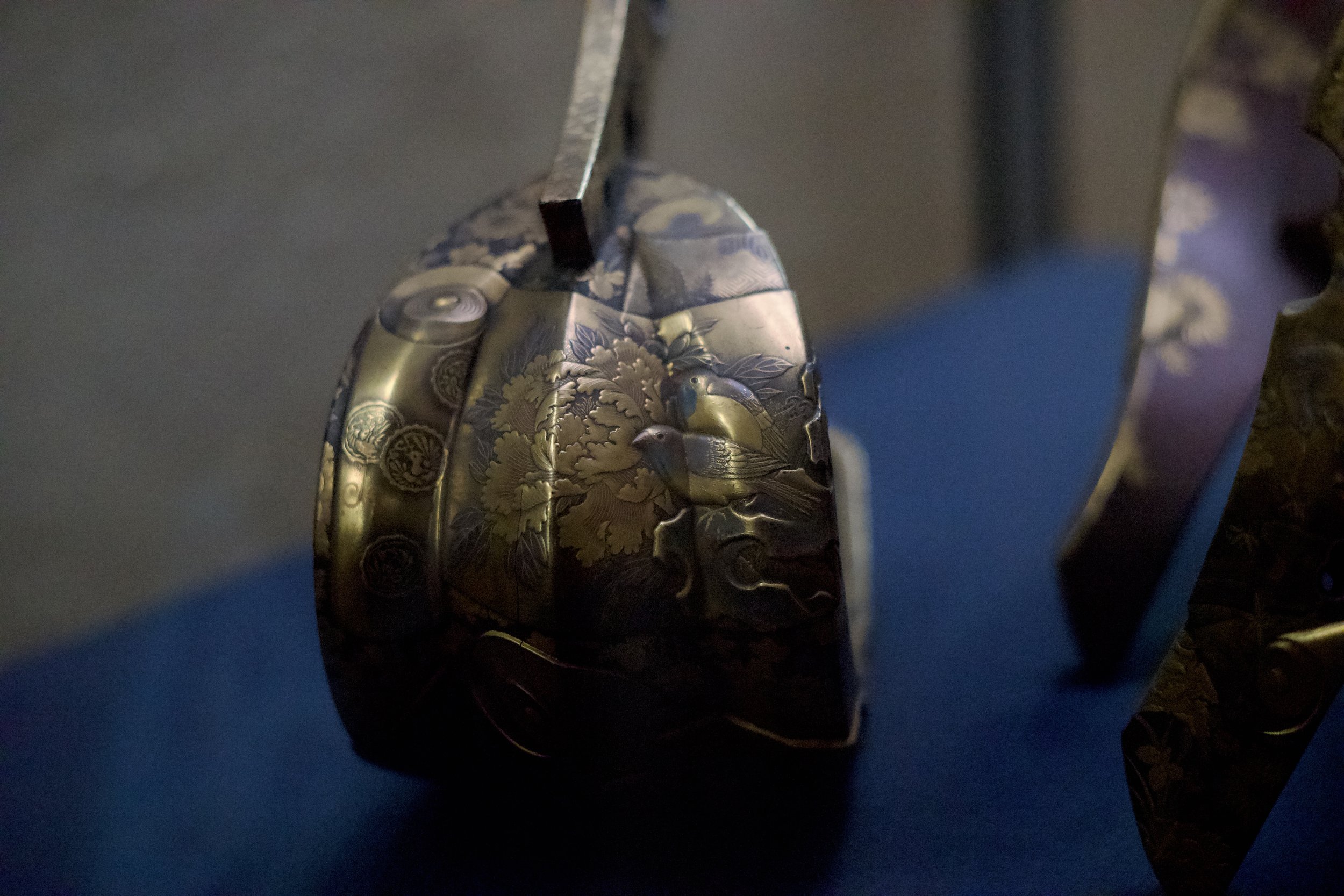Urushi, Maki-e, and Kintsugi: A Beginner’s Guide to Japanese Lacquer Art
Different techniques using urushi have emerged across the centuries and continue to be practiced today, each with its own unique characteristics. In this post we highlight the similarities and differences between Urushi Lacquerware, Urushi-e painting, Maki-e, and Kinstugi.
An Introduction to Maki-e: The Art of Japanese Lacquer Decoration
Maki-e (蒔絵), which translates to “sprinkled picture” is a traditional Japanese Lacquer art form that was first developed over 1000 years ago during the Heian Period (794-1185). It involves sprinkling metal powders, commonly gold and silver, onto urushi lacquer before it has hardened, to create incredibly detailed and intricate designs.



